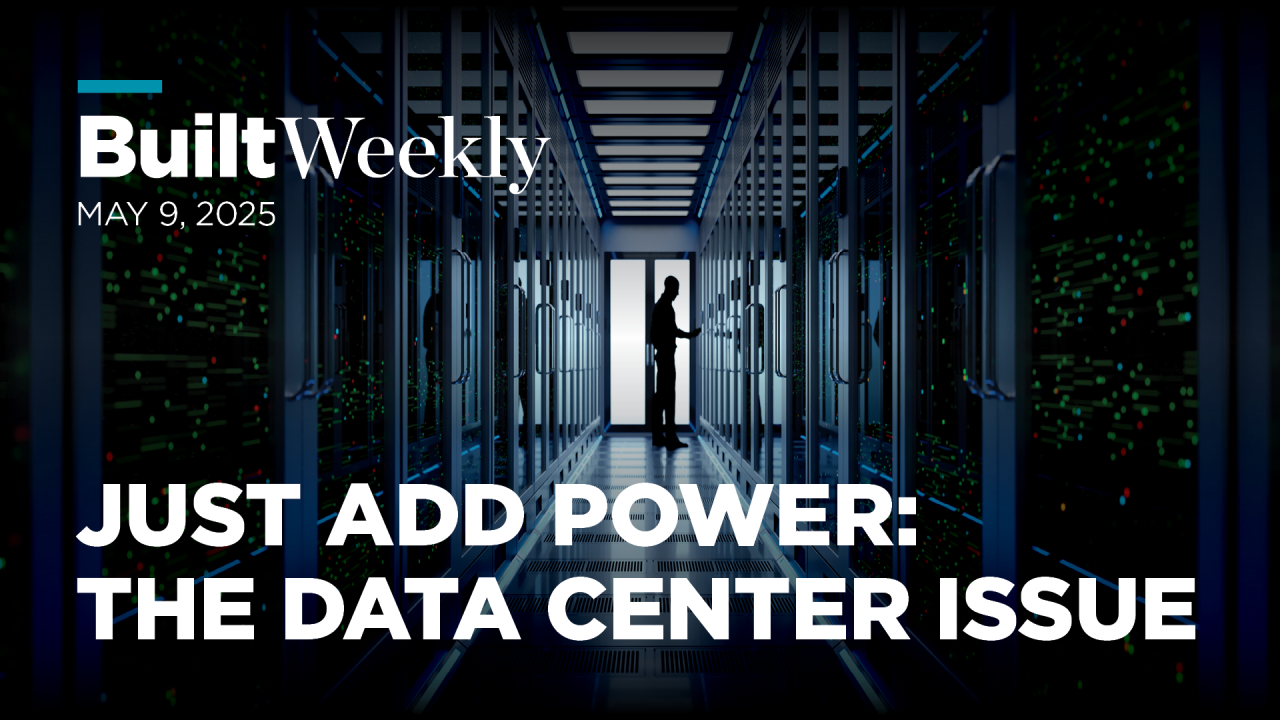
Cushman & Wakefield
1,564,866 followers
May 9, 2025
Data centers are booming, but can the grid keep up? These are the CRE updates you won’t want to miss.
📅 May 9, 2025
🔋Data centers keep humming
Google searches on Safari fell for the first time ever last month as users turn increasingly to AI chats, according to Apple’s SVP of Services during Google’s antitrust trial on Wednesday. Couple that news with this week’s headlines that reported a certain green owl making AI proficiency a gradable part of performance reviews, and Meta making search queries into a quasi-social network, and it’s clear: AI is here, and we’ve only scratched the surface.
Yet, data centers are the gasoline in the AI engine. Market capacities are the key (or limiting factor) to scaling AI, and Virginia continues to operate in a league of its own. The biggest bottleneck has been and continues to almost exclusively be power availability, that is, delivery timelines and overall capacities. (Curious where your market sits in the global ranking? Check out the ranking.)
An oversimplification? Probably. Luckily, John McWilliams has engineered a methodology powering the 2025 Global Data Center Market Comparison report comparing 97 data center markets using 20 weighted variables, from power availability (high weight) to environmental risk (lower weight).

While the Americas may lead in size, the sustainability playbook is being written across the pond. Where EMEA really shines is in renewable power generation: Reykjavik is powering its data centers with 100% clean energy, while Oslo, Copenhagen, Vienna, Lisbon and Stockholm all exceed the 70% mark.
Europe as a whole enforces stricter sustainability regulations than anywhere else, which certainly doesn’t hurt the rate of these energy transitions.
💱 Stagflation is our base case
Even though we’re yet to feel the full weight of the tariffs, the stage is set for near-term stagflation—and it looks like the Federal Reserve agrees. After a quiet meeting on Wednesday, Chair Jerome Powell announced that interest rates will be maintained for another six weeks.
What’s stagflation?
Weaker economic growth, higher inflation, and a rising unemployment rate. It’s sort of a perfect economic storm—the convergence of these factors makes policymakers’ jobs unusually difficult. (The last time the U.S. went through a significant period of stagflation, the Fed tackled it by aggressively raising interest rates, way back in the early ‘80s.)
🔎 Other trends we’re watching
Speaking of costs, Brian Ungles expects the high-cost environment for industrial construction to persist throughout the year, driven by pandemic-era inflation and strong construction demand across most property sectors. With the Trump Administration’s steel tariffs having been revived in March, we’re expecting the trend to continue. Get the full picture re: industrial construction.
Last year, 36% of Singaporean investments went towards markets outside of the typical top five. James Young is expecting this year to follow suit, with investors opting to commit closer to home—Malaysia, Vietnam, Thailand, and Indonesia, in particular. Listen in to James’ conversation with Michelle Martin on Money and Me.



